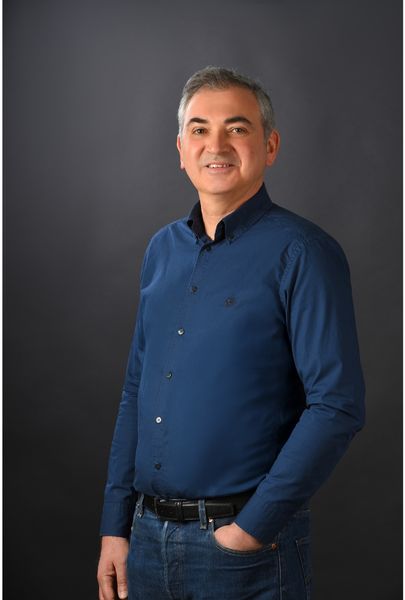Thyroid Biopsy
The probability of thyroid nodules becoming cancerous is between 5-10%. To differentiate between benign and malignant nodules, thyroid ultrasonography performed by an experienced physician should be performed first. Most malignant nodules have very typical ultrasonographic features. After ultrasonography, a fine-needle biopsy is appropriate, especially for large nodules and nodules at risk of cancer. Biopsy is not necessary in nodules smaller than 2 cm, which typically show benign features on ultrasonography.
Local anesthesia is generally not preferred before fine needle aspiration. However, application of topical anesthetic in the form of cream or spray to the skin reduces the pain of the patient. The correct approach is to enter the nodules to be biopsied three times with a fine needle and take a sample. When biopsy is performed in experienced hands, the risk of the biopsy procedure is very low. There may be minimal pain. For this, ice can be applied and painkillers can be given after the procedure. Rarely, bleeding may occur between the thyroid gland and the skin during the biopsy. This bleeding is self-limiting. It may cause pain and skin bruising. Again, it is appropriate to apply ice and give painkillers.
Fine needle aspiration biopsy can distinguish between benign and malignant in approximately 90% of nodules. Since only cells are taken in this method, in rare cases the sample taken may not be sufficient for diagnosis. If the diagnosis cannot be made with fine needle biopsy, a cutting biopsy with a thicker needle can also be performed.

